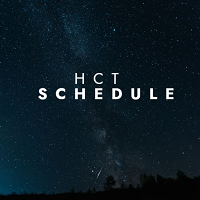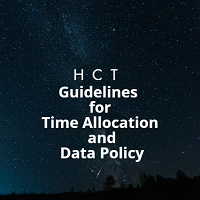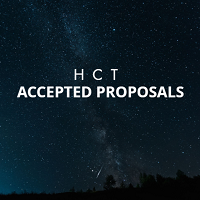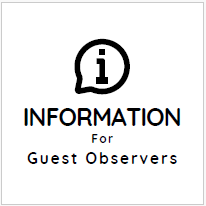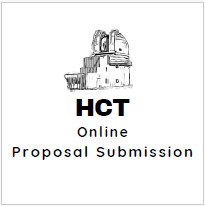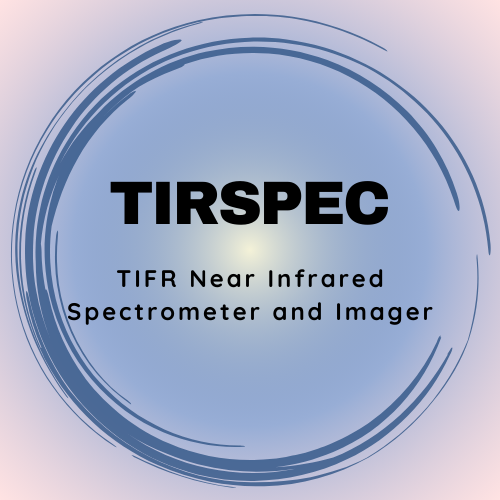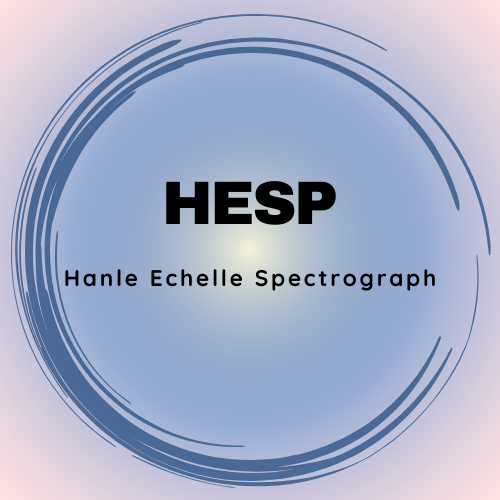Himalayan Chandra Telescope (HCT)
Important Notices For All Observers
2M Himalayan Chandra Telescope (HCT)
2M Optical Infrared Telescope
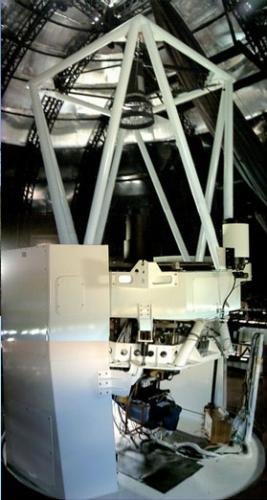
First light obtained on September 26, 2000
Telescope Released for Science Observations Beginning 2003 May
A 2-m aperture optical-infrared telescope, the Himalayan Chandra Telescope (HCT) manufactured by the EOS Technologies Inc., Tuscon, Arizona, USA is installed at IAO. The telescope is remotely operated from CREST, Hosakote, via a dedicated satellite link.
The telescope is equipped with 3 science instruments which are mounted on an instrument mount cube at the cassegrain focus of the telescope. The instrument mount cube has four side ports and an on-axis port, which makes all three instruments available mounted on the telescope.
Available Instruments
The instruments currently available are the Himalaya Faint Object Spectrograph (HFOSC), the NIR Imaging Spectrograph (TIRSPEC), and the Hanle Echelle Spectrograph (HESP).
Telescope Specifications
Aperture
Mirror Material
Optics
Mount
Focus
F-ratio
Image Scale
Field of View
Image quality (zenith)
Jitter & periodic errors
Pointing accuracy
< 1.5 arcsec for > 10 deg move
The telescope tracking tests indicate that a tracking accuracy (open loop) of 0.5 arcsec over 10 minutes is met at a good fraction of telescope positions, except at higher elevations, where the tracking worsens, resulting in a mean (over all telescope positions) accuracy of 1.38 arcsec over 10 minutes.
A pointing accuracy of 3 arcseconds has been achieved.
The image quality is estimated to be about 0.7 arcseconds diameter (80% power).
The autoguider (AUGUS) developed at the Copenhagen University Observatory was installed in May 2005. The AUGUS can guide on a 17 mag star in 4 second integration, and uses the HCT Observatory Server interface to close the guiding loop.




